At this year’s 2025 International Dental Show (IDS), Dentsply Sirona, the largest diversified manufacturer of professional dental products and technologies, impressed attendees with its range of cutting-edge products, especially its cloud-based platform, DS Core. At the show, Dental Tribune International sat down with Prof. Rainer Seemann, vice president chief clinical officer at Dentsply Sirona, to discuss his thoughts about the ongoing evolution of digital dentistry, Dentsply Sirona’s collaborations and how the company is positioned regarding the emerging field of sustainable dentistry.
Prof. Seemann, Dentsply Sirona is showcasing its latest digital dentistry innovations at IDS 2025, and DS Core plays a central role. How do you see the adoption of cloud-based platforms like DS Core shaping clinical workflows and patient outcomes, particularly in the evolving landscape of digital dentistry?
To be honest, I’m not a big fan of the term “digital dentistry,” because it doesn’t exist as such. From my perspective, it is important to understand that dentistry is still something very physical, but it is supported by digital technology, and the analogy I like to use for this is: how travel has changed over the last couple of years. Air travel obviously still entails moving from place to place, but nowadays travellers more than ever are using digital platforms to facilitate all phases of their journeys. I think that this is also currently happening in dentistry, and I would say that we at Dentsply Sirona consider ourselves one of the pioneers of digital technology in dentistry, having developed digital radiography and created CEREC, but those were very focused and isolated as single solutions.
Now, here’s a term we want to focus on: “connected dentistry”. Connected dentistry means bringing all those single solutions on to one platform. This approach allows dentists to share content and collaborate, and to enable this workflow, the current technical solution is a cloud-based platform. Connected dentistry also means that dental professionals can now work from anywhere. I think that connected dentistry is the future; we’re still doing physical work, but it is enabled—and maybe it’s made more comfortable—by these new solutions. DS Core is the platform that enables this integration. Everything that you will see from us in the future will happen on DS Core.
The collaboration between Dentsply Sirona and Siemens Healthineers has led to the development of the first MRI machine for dentistry, MAGNETOM Free.Max Dental Edition, which is on display at IDS 2025. What makes this radiation-free imaging technology a potential game-changer for diagnostics in dentistry, and how do you anticipate its adoption in daily practice?
Let me start with something you already mentioned in your question, radiation-free. Obviously, a technology that produces images without radiation is, by definition, a game-changer. Currently, the dental-dedicated MRI (ddMRI) machine is of a size which could typically be accommodated in hospital dental clinics, dental schools and so on. The next step, naturally, would be to make it suitable for a dental office, connected to DS Core.
Basically, ddMRI makes the invisible visible. Whenever I talk to dentists about ddMRI, I ask them to imagine the case of a patient with a large-span prosthesis. Typically, the patient would come in, and on the radiograph, for example, the dentist may see that there is periapical inflammation and must decide on whether to renew the whole prosthesis or to simply observe it for a little while. With the ddMRI machine, the dentist can look at the situation in more detail and distinguish between scar tissue and active inflammation, as well as determine whether teeth are vital or not. Now, we are still in the stone age, tapping against teeth and applying cold to test vitality. Radiation-free monitoring of these kinds of clinical situations offers a completely different set of diagnostics.
“At Dentsply Sirona, we believe a repair should be good for as long as possible, ideally for the rest of the patient’s life.”
Preventive and minimally invasive treatments are becoming increasingly important in modern dentistry. How is Dentsply Sirona incorporating these principles into its latest product developments, and what can visitors to IDS 2025 expect to see in this area?
Preventive dentistry is really essential. In the US, we have a whole set of products dedicated to preventive dentistry, including our Cavitron ultrasonic scaler units and our fluoride polishing paste. But I would like to extend the term “preventive dentistry” to its connection to digital dentistry or connected dentistry. A good example in this regard is the use of our Primescan 2 intra-oral scanner for preventive purposes. First, it has built-in caries detection features that can help monitor and treat lesions much more effectively than without these powerful diagnostic features. Also scanning patients every time they visit the clinic generates a projection over time which provides a robust basis on which to make ongoing decisions. It’s a little bit like a weather forecast. You can just look outside, and if it’s raining, then probably you need a rain jacket, but that can change 5 minutes later. Flexible weather forecasts observe meteorological events over time and make predictions based on a series of observations.
In terms of prevention, we used to talk about primary prevention, secondary prevention, tertiary prevention and so forth, but this approach has now become more nuanced. When the dentist has to intervene and repair something, it’s preventive action if this procedure is undertaken in a sustainable way. Traditionally, a patient might have been treated with a 3D-printed resin crown, for example, with the goal that it will remain in good condition for three or four years and can then be renewed. At Dentsply Sirona, we believe a repair should be good for as long as possible, ideally for the rest of the patient’s life. I would like to quote Steven Mulligan, a leading researcher in sustainable dentistry from the University of Sheffield in the UK: “Good dentistry benefits everyone—it supports the patient’s health, strengthens the practice, and promotes a healthier environment.”
Topics:
Tags:



 Austria / Österreich
Austria / Österreich
 Bosnia and Herzegovina / Босна и Херцеговина
Bosnia and Herzegovina / Босна и Херцеговина
 Bulgaria / България
Bulgaria / България
 Croatia / Hrvatska
Croatia / Hrvatska
 Czech Republic & Slovakia / Česká republika & Slovensko
Czech Republic & Slovakia / Česká republika & Slovensko
 France / France
France / France
 Germany / Deutschland
Germany / Deutschland
 Greece / ΕΛΛΑΔΑ
Greece / ΕΛΛΑΔΑ
 Hungary / Hungary
Hungary / Hungary
 Italy / Italia
Italy / Italia
 Netherlands / Nederland
Netherlands / Nederland
 Nordic / Nordic
Nordic / Nordic
 Poland / Polska
Poland / Polska
 Portugal / Portugal
Portugal / Portugal
 Romania & Moldova / România & Moldova
Romania & Moldova / România & Moldova
 Slovenia / Slovenija
Slovenia / Slovenija
 Serbia & Montenegro / Србија и Црна Гора
Serbia & Montenegro / Србија и Црна Гора
 Spain / España
Spain / España
 Switzerland / Schweiz
Switzerland / Schweiz
 Turkey / Türkiye
Turkey / Türkiye
 UK & Ireland / UK & Ireland
UK & Ireland / UK & Ireland
 Brazil / Brasil
Brazil / Brasil
 Canada / Canada
Canada / Canada
 Latin America / Latinoamérica
Latin America / Latinoamérica
 USA / USA
USA / USA
 China / 中国
China / 中国
 India / भारत गणराज्य
India / भारत गणराज्य
 Pakistan / Pākistān
Pakistan / Pākistān
 Vietnam / Việt Nam
Vietnam / Việt Nam
 ASEAN / ASEAN
ASEAN / ASEAN
 Israel / מְדִינַת יִשְׂרָאֵל
Israel / מְדִינַת יִשְׂרָאֵל
 Algeria, Morocco & Tunisia / الجزائر والمغرب وتونس
Algeria, Morocco & Tunisia / الجزائر والمغرب وتونس
 Middle East / Middle East
Middle East / Middle East
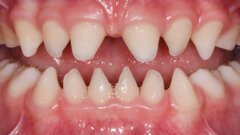
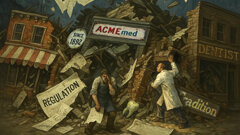






















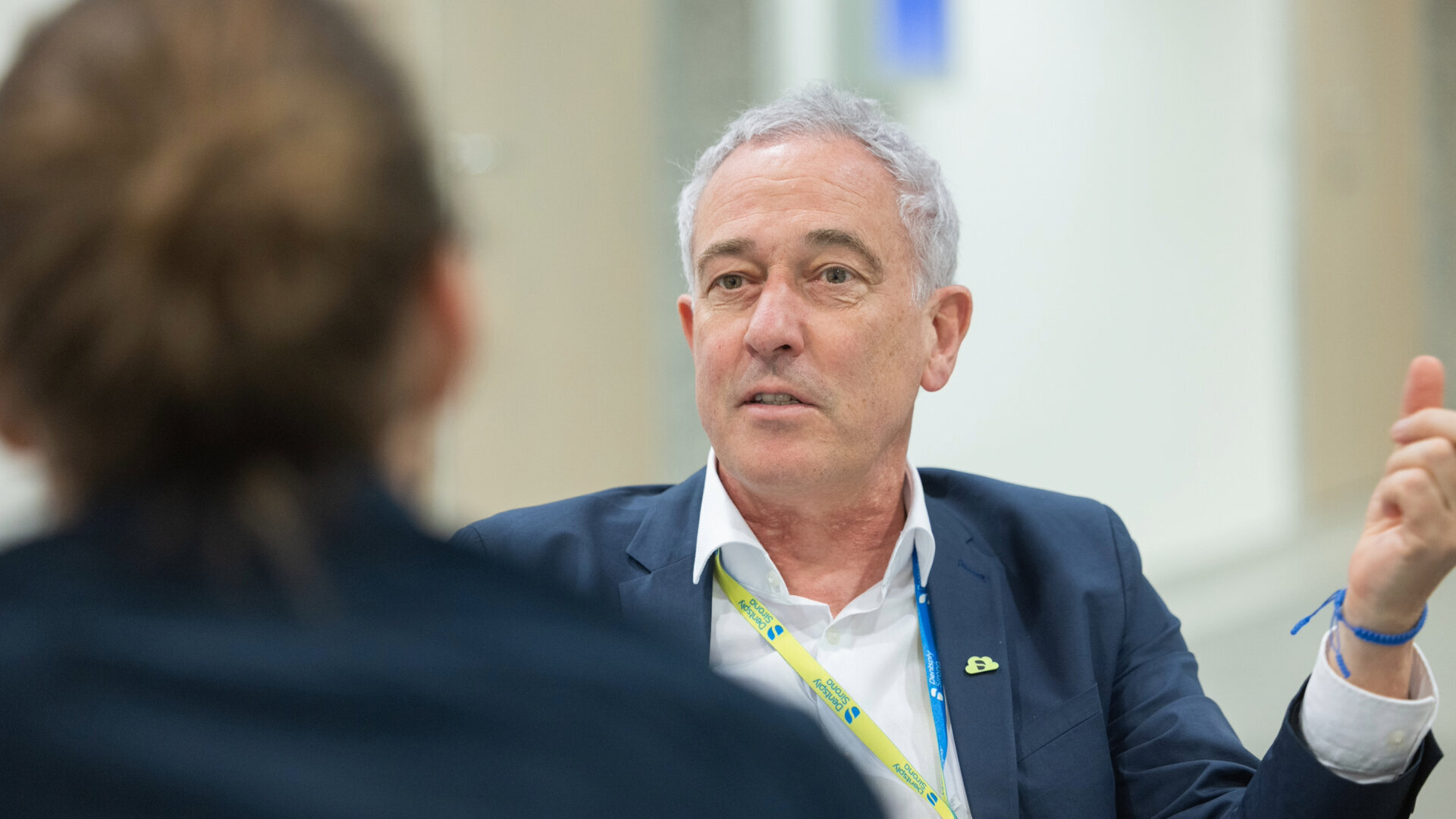



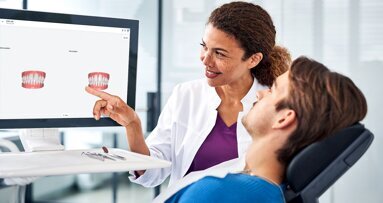
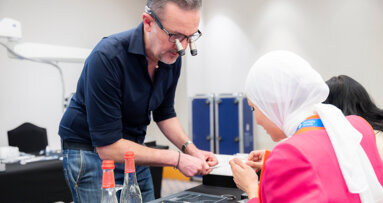
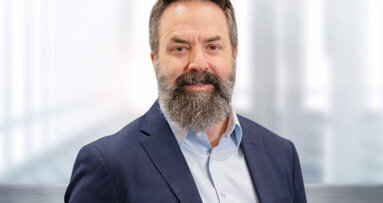
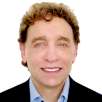
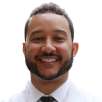
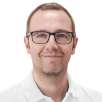
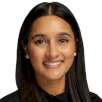
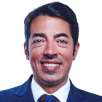
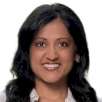
To post a reply please login or register